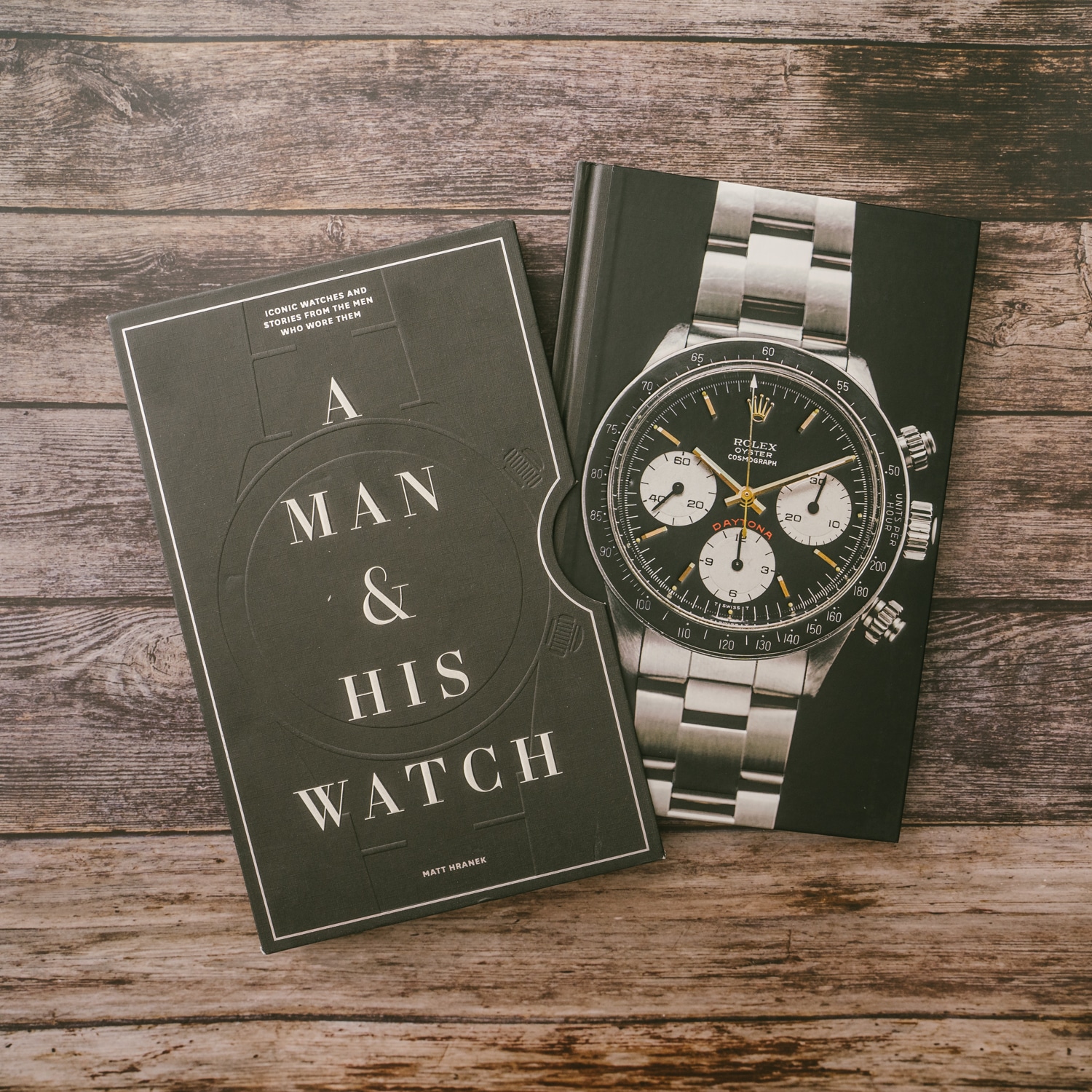“Iconic watches and stories from the men who wore them.”
This is me, a timepiece and a Casio guy, sharing a few glimpses of the book “A Man and His Watch” by Matt Hranek. Hardcover, 217 pages. Cost around $24 (via Amazon) or $9 for the kindle version. But let’s be honest, if you’re like me who is into mechanical things on a wrist, you’d want to get the hardcopy.

The book is housed in an embossed and silver metallic foiled outer shell. 217 pages of heavyweight paper printed with intricate shots of the front-facing watches along with stories and memories from the wearer. Not all watches in this book are expensive; they’re all priceless.

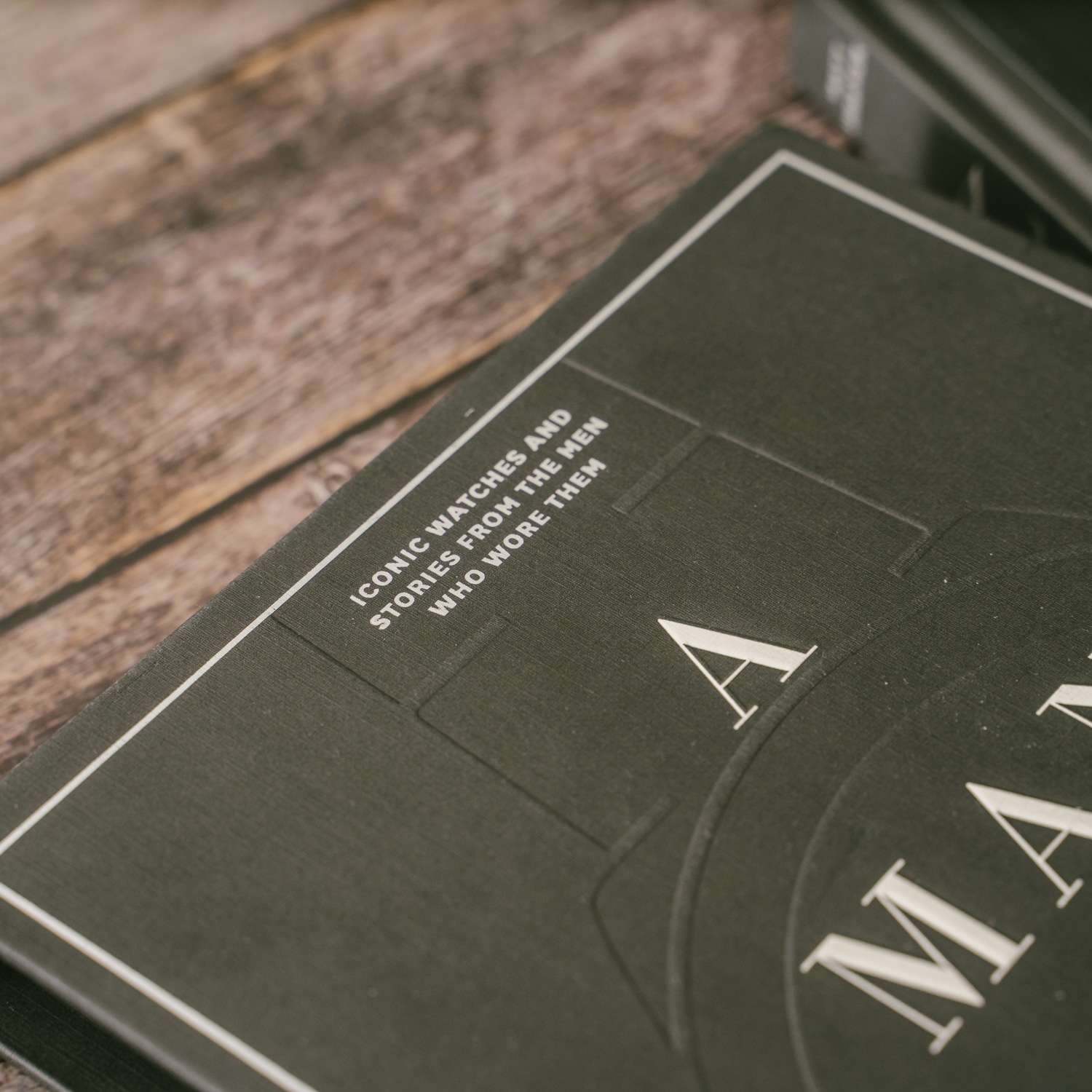
To be frank, I wouldn’t dare calling myself a watch-nut. There are far too many timepieces that are widely known to the community of watch lovers that I’ve yet to be able to recognize. In fact, I’m more of a crafts guy. And watches turn out to be my vessel for expression. I like to modify things to make it more personal. While all watches in the book are personal, here are a few beautiful pieces that tie well with our theme and the stories by their owners.
Kikuo Ibe
CREATOR, CASIO G-SHOCK.
Casio G-Shock

When I joined Casio, the company had just started making digital watches, so I was keen to develop that business, which I felt was the future.
I really wanted to create a new watch device-a tough watch and a digital watch. The ideas came from existing products and things: a car tire, a caterpillar’s body. I asked myself what kind of design was needed, and what kind of basic function it should have. These were early considerations, but the starting point was to make a tough watch.
The G-Shock launched in April 1983 and came to the United States the next year. The only market it was successful in at first was America; one of the biggest reasons it’s now accepted in the global market was its success in the U.S. market. I was actually surprised it took off-thirty years ago, the watch trend was for very small and slim watches. This was the opposite of that.
But no one gets tired of this design. It’s still fantastic; it still looks current. When I’m asked if I would have done anything differently to the original design, I think, “No, not as long as I’m not bored with it in thirty years.”
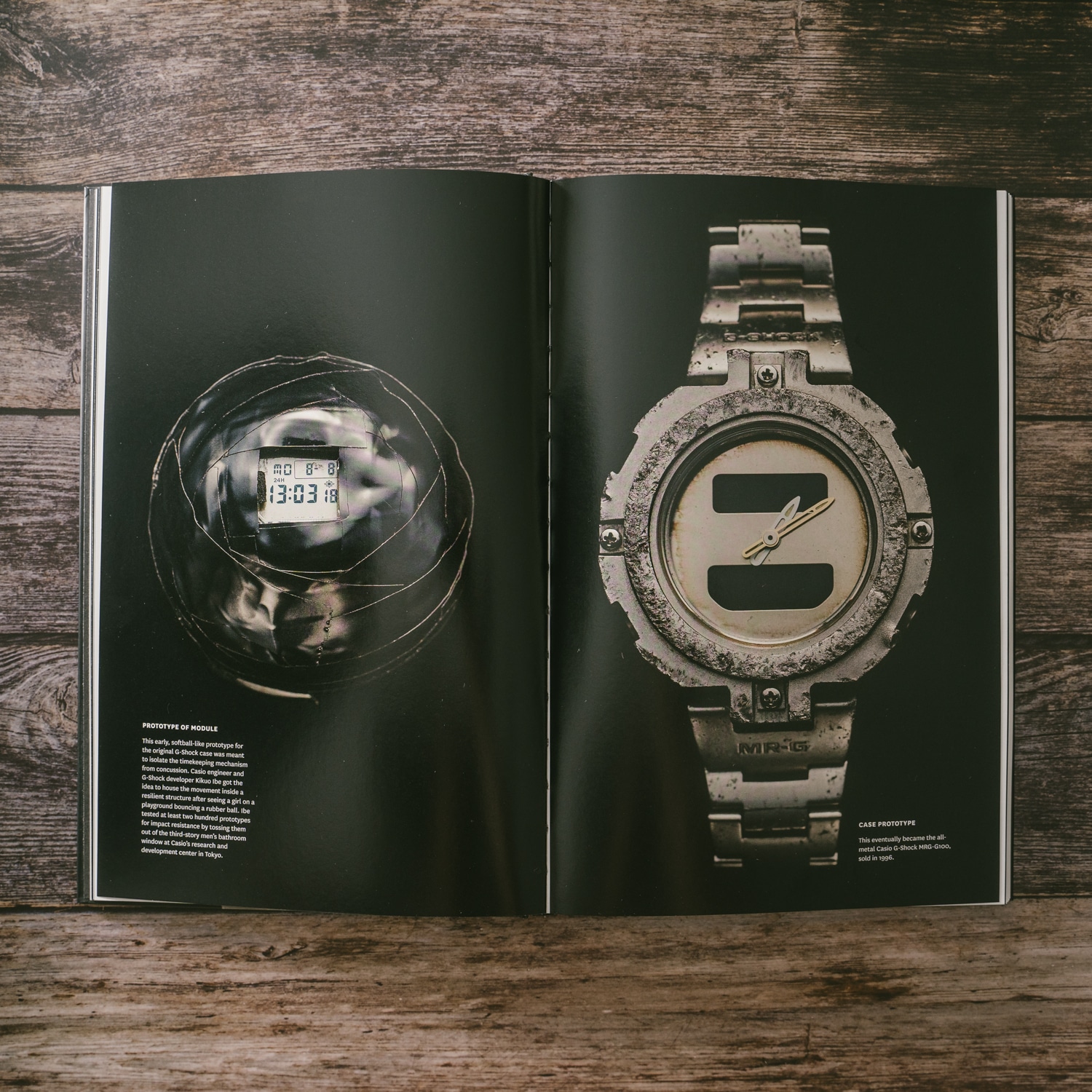
This early, softball-like prototype for the original G-Shock case was meant to isolate the timekeeping mechanism from concussion. Casio engineer and G-Shock developer Kikuo Ibe got the idea to house the movement inside a resilient structure after seeing a girl on a playground bouncing a rubber ball. Ibe tested at least two hundred prototypes for impact resistance by tossing them out of the third-story men’s bathroom window at Casio’s research and development center in Tokyo.
KENTA WATANABE
COFOUNDER, BUAISOU INDIGO STUDIO.
INDIGO-DYED CASIO G-SHOCK
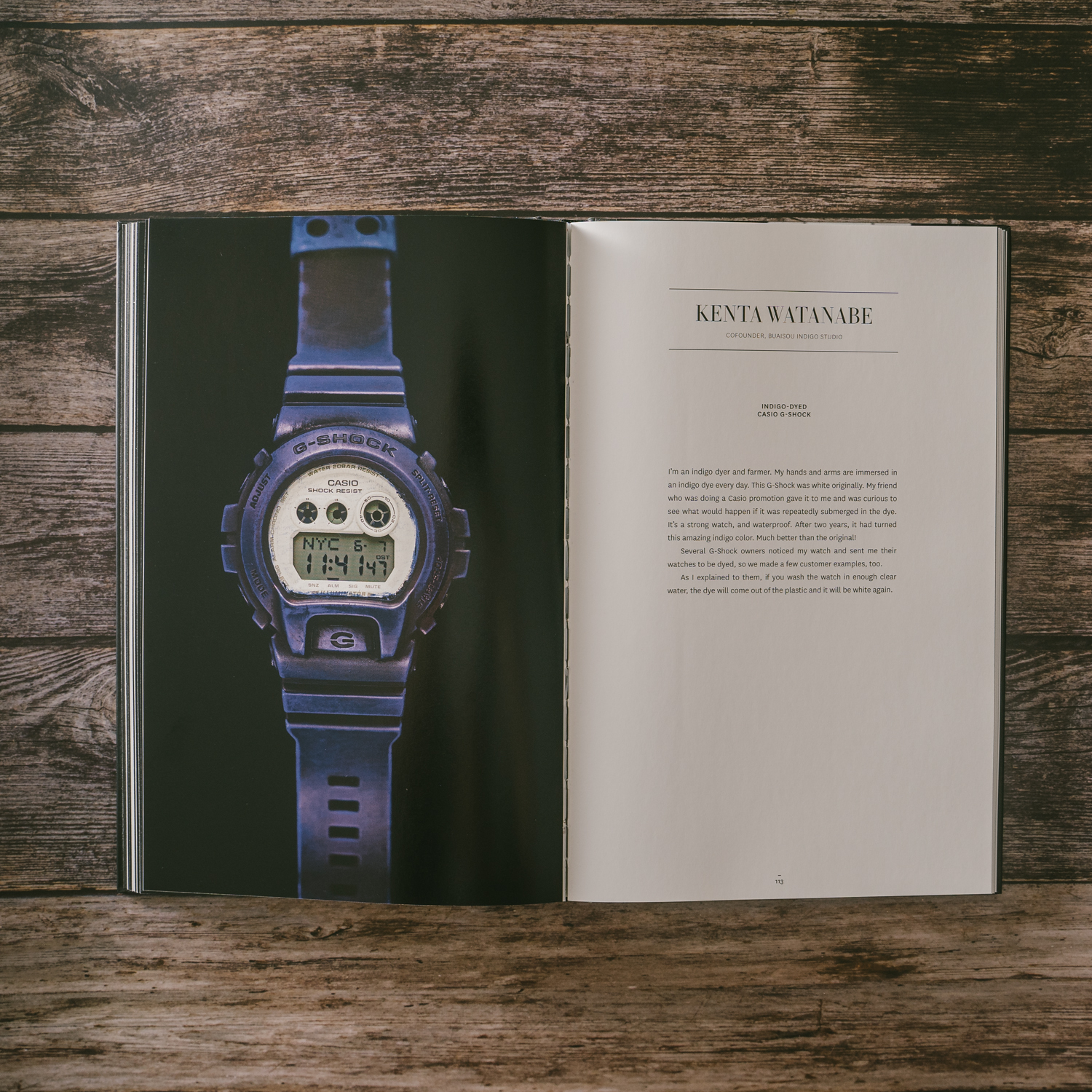
I’m an indigo dyer and farmer. My hands and arms are immersed in an indigo dye every day. This G-Shock was white originally. My friend who was doing a Casio promotion gave it to me and was curious to see what would happen if it was repeatedly submerged in the dye. It’s a strong watch, and waterproof. After two years, it had turned this amazing indigo color. Much better than the original!
Several G-Shock owners noticed my watch and sent me their watches to be dyed, so we made a few customer examples, too.
As I explained to them, if you wash the watch in enough clear water, the dye will come out of the plastic and it will be white again.
TOM SACHS
SCULPTOR
“NEW BEDFORD” (CUSTOMIZE CASIO G-SHOCK DW-5600)
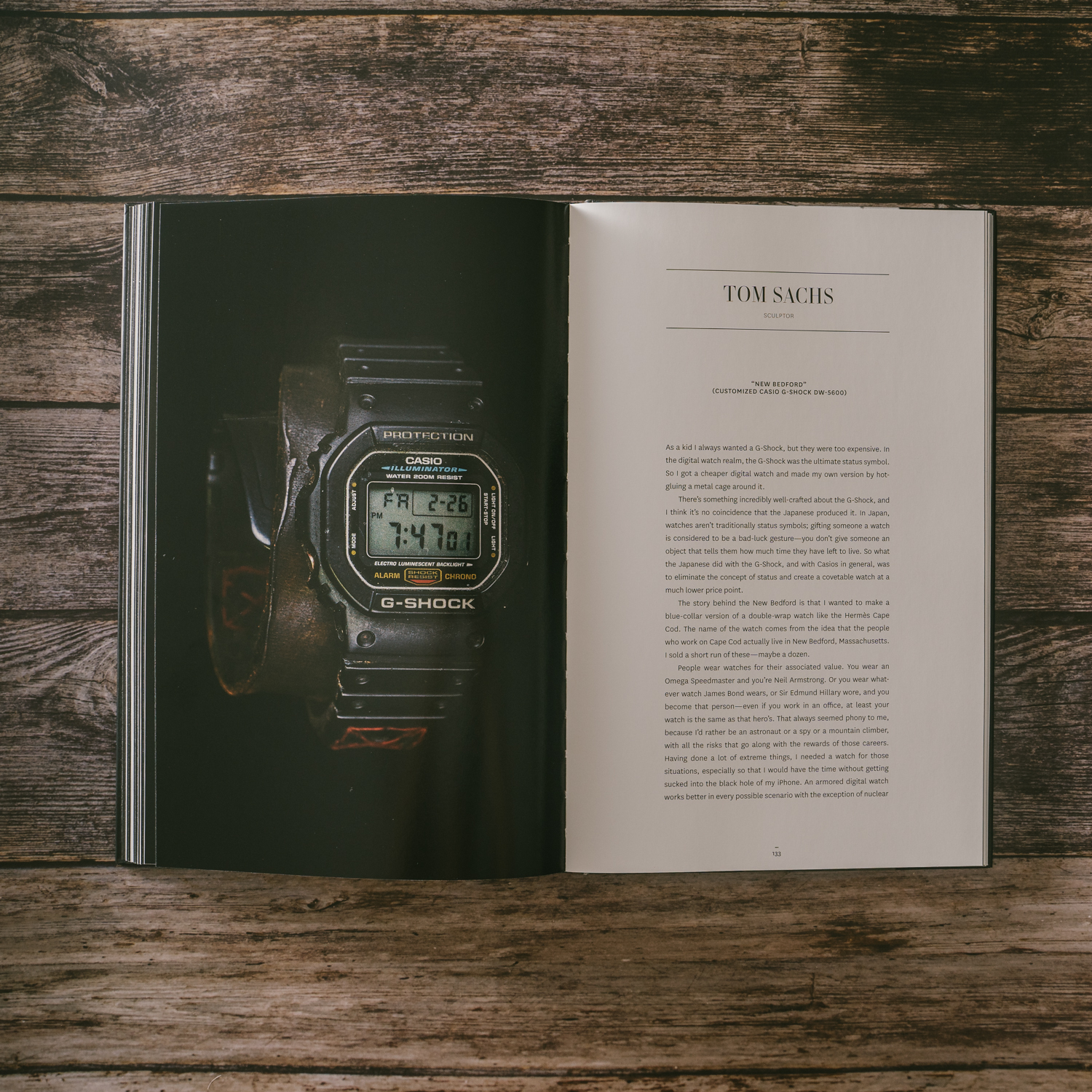
As a kid, I always wanted a G-Shock, but they were too expensive. In the digital watch realm, the G-Shock was the ultimate status symbol. So I got a cheaper digital watch and made my own version by hot-gluing a metal cage around it.
There’s something incredibly well-crafted about the G-Shock, and I think it’s no coincidence that the Japanese produced it. In Japan, watches aren’t traditionally status symbols: gifting someone a watch is considered to be a bad-luck gesture-you don’t give someone an object that tells them how much time they have left to live. So what the Japanese did with the G-Shock, and with Casios in general, was to eliminate the concept of status and create a covetable watch at a much lower price point.
The story behind the New Bedford is that I wanted to make a blue-collar version of a double-wrap watch like the Hermès Cape Cod. The name of the watch comes from the idea that the people who work on Cape Cod actually live in New Bedford, Massachusetts. I sold a short run of these-maybe a dozen.
I like the idea of something that costs $40 that you own, versus something that costs $4.000 that owns you.
People wear watches for their associated value. You wear an Omega Speedmaster and you’re Neil Armstrong, or you wear whatever watch James Bond wears, or Sir Edmund Hillary wore, and you become that person-even if you work in an office, at least your watch is the same as that hero’s. That always seemed phony to me, because I’d rather be an astronaut or a spy or a mountain climber, with all the risks that go along with the rewards of those careers. Having done a lot of extreme things. I needed a watch for those situations, especially so that I would have the time without getting sucked into the black hole of my iPhone. An armored digital watch works better in every possible scenario with the exception of nuclear-detonation when the magnetic pulse would make all electrical things stop. But I think if that happens, you’ve got bigger problems.
There’s a sense of pride that I’ve been wearing the same watch for the past twenty years. I’ve gone through four of them, but it’s always the Casio G-Shock DW-5600, and I have a habit of personally engraving each one the day I get it. There have been many versions of the G-Shock in the past twenty years, but this is the best. It’s got an alarm, and it’s still the best shape.
My dad has a fancy Swiss watch that he says he’s keeping to pass on as an heirloom. He quotes the manufacturer’s ad: “You never actually own a Patek Philippe. You merely take care of it for the next generation.” We laugh about how the cliché advertising motto has come true. I’m sure that watch might hold some meaning, but I like the idea of something that costs $40 that you own, versus something that costs $4.000 that owns you.

ADAM CRANIOTES
WRITER & COFOUNDER, REDBAR GROUP
1980 CASIO F-7

Growing up, spent my summer with my grandparents in upstate New York. In the Oakdale Mall there was a store called Bradlees where my grandmother liked to shop. My grandfather must have noticed that every time we were there, I was just glued to the watch case. So one day-I was seven, going on eight-he comes up behind me and says, “Adam, which one do you want?”
My grandfather was a blue-collar guy through and through, not into watches. And the way I was raised, you got presents for Christmas and your birthday; in between, nothing, unless you saved a bunch of nuns from a burning bus or something. So you can imagine my surprise. I was like, “What’s your game, Grandpa?” But the thing about my grandfather was, he supported passion-whether it was my writing, on sports, I was into, or music that my sister and I listened to.
I didn’t choose the calculator watch, the watch I wanted, because I knew that my grandparents didn’t have a lot of money and I wasn’t supposed to be getting presents for no reason. So I settled on the Casio F-7, which had one button that activated a light-and I mean a little lightbulb, not some electroluminescent panel. It told time. No alarm, no calculator, no-frills. But it was a watch, something I really wanted and had never had before.
When my mom came to pick me up at the end of the summer, I thought she was going to make me give the watch back. I remember sitting on my grandfather’s lap across the breakfast table from her, trying to hide my wrist. But she never said anything, never acknowledged it. And years later, when the watch face was so scratched up you couldn’t read the time, she sent it out to be serviced.
Few notable mentions..


On the left is the custom Bamford Pop-eye Rolex by George Bamford. And the right is Sears Winnie the Pooh Watch by Matt Hranek, the author of this book.
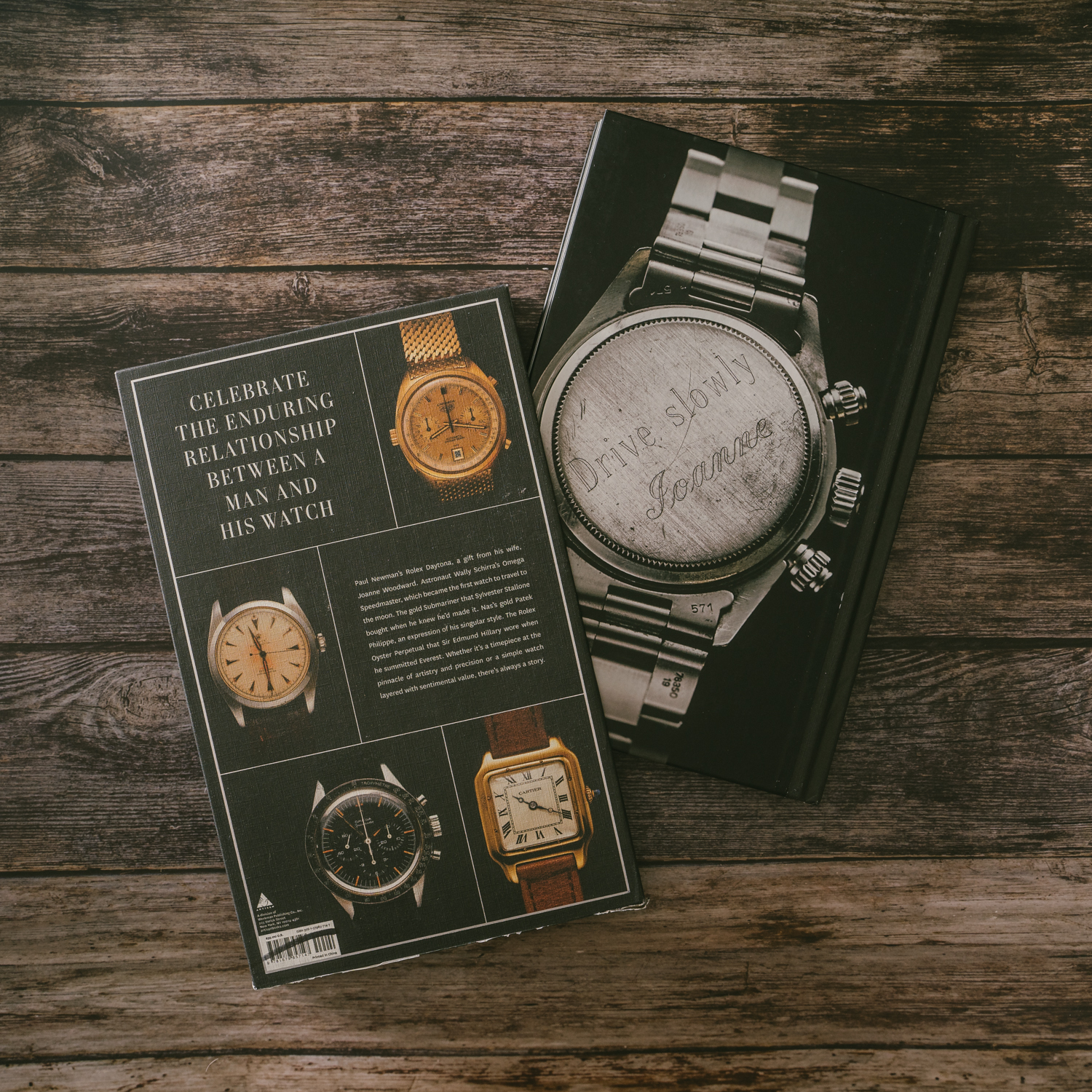
Now, isn’t that nice? There are still tons of jaw-dropping watches and moving stories from the book. Cherish your watch and your time. Till then, BC035



